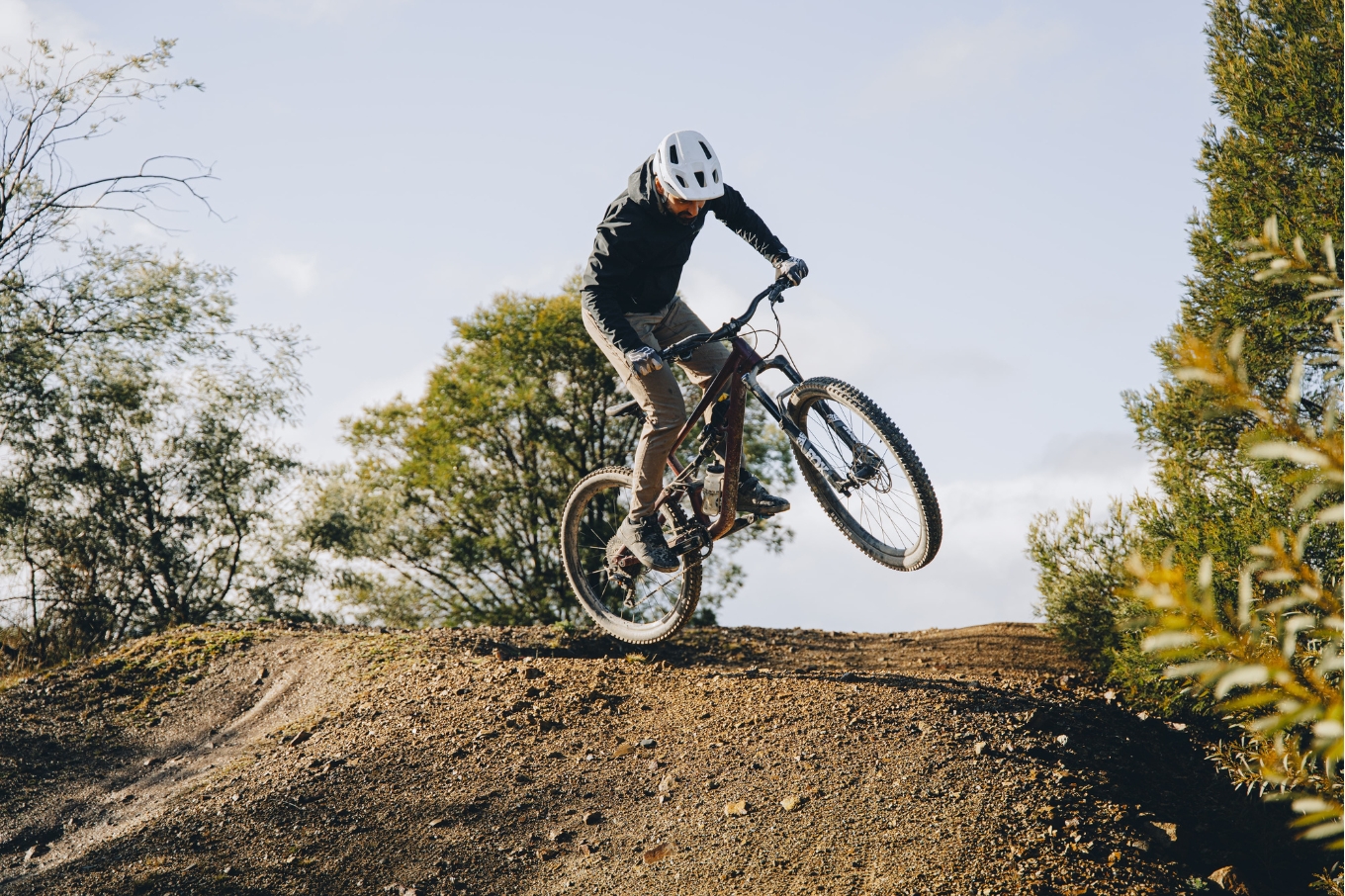Hydration Strategies
You might be surprised to find that staying hydrated on the bike is actually significantly more complex than simply filling your bottle and taking a sip every now and then.
You need to consider not only what you drink, but also how much, when and how you’ll drink it. With just two per cent dehydration resulting in a significant reduction in performance, it’s worth paying attention to what’s in your bottle. Here’s your step-by-step guide to get your hydration strategy sorted.
Step 1
–
Start hydrated
The aim is to start a session well hydrated. This means drinking enough to cover your daily fluid needs with extra to cover your day-today training and racing. Drink regularly throughout the day, especially the day or two leading up to a big ride or race. Have a drink with every meal and sip throughout the day between meals. Make sure that when you go to the loo, your urine is a pale straw or almost clear colour – if it’s orange or heading towards brown, you’re dehydrated and need to drink more. Carry a bottle with you; keep a full bottle on your desk at work; stash a bottle in the car; have cold water available in the fridge – whatever you need to keep you drinking throughout the day.
Step 2
–
Work out how much you need to drink.
Before you can finalise a hydration plan, you need to know how much to drink. An easy way to tell if you’re drinking enough (or too little or too much) is to step on a scale before and after a ride (this is what we call a fluid balance test). Take note of how much you drink throughout the ride as well. If you weigh less after the session than you did at the beginning, you need to drink more. If you weigh more, you’re drinking too much. Ideally you can ride hard for an hour and use this as a base measurement, multiplying the amount by the length of the ride you’re doing. For example, if you weigh half a kilogram less after an hour in normal conditions, then it’s likely you’ll lose roughly 1.5kg after a three-hour ride if the conditions are the same and you’re drinking at the same rate.

Step 3
–
Think about the conditions.
Your fluid needs will change depending on the conditions. You need to be able to adapt the amount you drink depending on temperature, wind, sweat rate, training intensity, duration and altitude. Hotter temperature, more wind, higher intensity, longer duration and higher altitude all increase fluid needs so factor this in. Repeat the fluid balance test explained above when training in different conditions so you get a feel for the differences in your fluid needs and can apply that when it comes to racing. This way, if you find it’s a particularly hot or cold race day, you’ll know how to adjust your hydration plan.

Step 4
–
Choose what to drink.
Now you know how much you should be drinking on your ride, the next thing to think about is what to put in your bottle. If a ride is short (less than an hour) or low intensity (just spinning the legs), water is probably just fine. But, if you’re a salty sweater or the ride is going to be a particularly hard or long one, it’s worth thinking about an electrolyte or sports drink to help you fuel properly. If you often notice you have salt marks on your clothes or crusty white salt crystals on your brow – it’s likely you’re a salty sweater and adding an electrolyte tablet to your bottle is a good idea. If you’re riding at high intensity or for a long period of time, alternating between a sports drink and water will give you the energy to keep the legs moving. There are lots of different options out there so you’ll have to do some testing to see which works best for you.
Step 5.
–
Think about what happens after you step off the bike.
It is not necessary or practical to replace all fluid losses during a training session or race. Instead, use the next four to six hours after you get off the bike to rehydrate. To rehydrate properly you need to drink one–and-a-half times the amount you lose in weight (refer back to your fluid balance test). So, if you lose 1kg during a three hour race, you need to drink 1.5L in the next four to six hours to make up for it, all before you head to the pub!
Step 6
–
Realise there is always an exception to a rule…
Everyone is different. What works for you won’t necessarily work for your mate and to follow a strict hydration plan can be unrealistic. The conditions, the ride and how you’re feeling that day will all impact how much and when to drink, so the most important thing is to listen to your body. If you’re thirsty or feeling foggy and tired after sessions, you need to be drinking more, and if you’re feeling good, you’re probably doing well! And if you’re not sure, it’s best to see a Sports Dietitian who can work out a tailored plan to suit you.
Words: Zoe Wilson
Photos: Mike Blewitt







